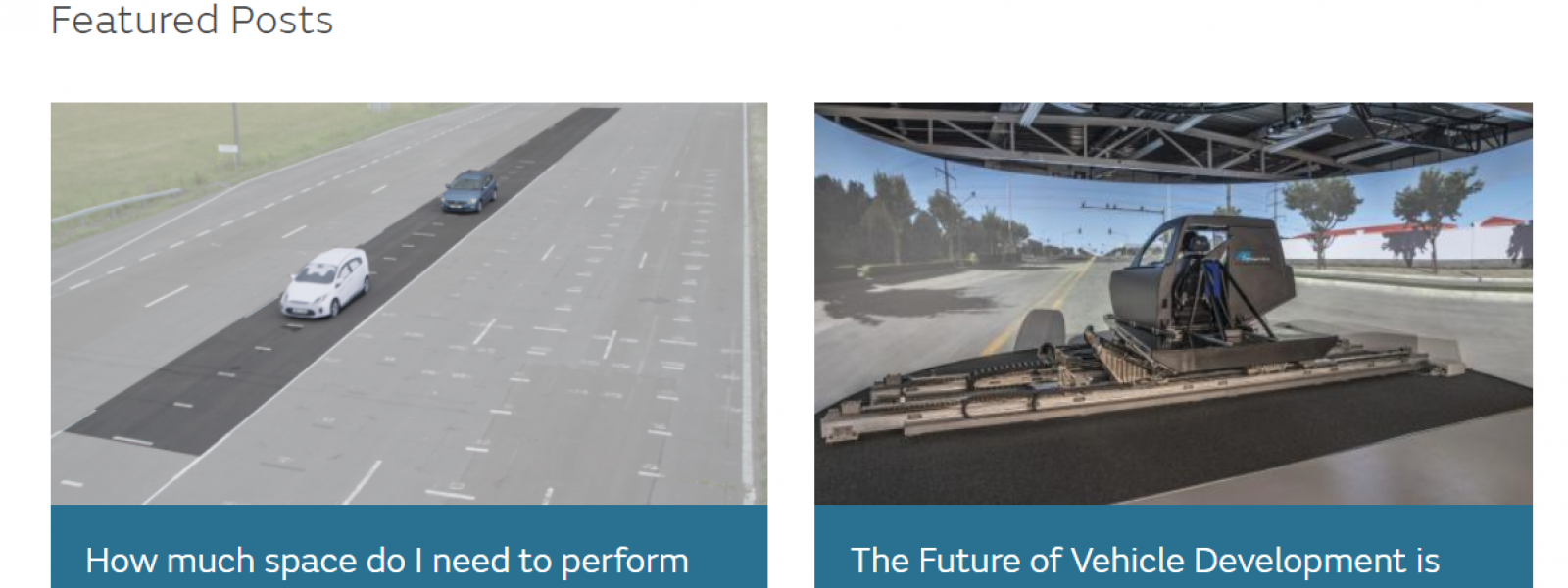
XiL testing: The end of prototype vehicle testing?
With the adoption and continued growth of electrified powertrains and autonomy the automotive industry is in the middle of a profound transformation. Never before have manufacturers needed to develop so much new technology and it is driving the demand for a more efficient way of testing. At the forefront of this transformation is XiL testing (Everything-in-the-Loop), which encompasses Software-in-the-Loop (SiL), Hardware-in-the-Loop (HiL), Driver-in-the-Loop (DiL) and Vehicle-in-the-Loop (ViL). In this latest blog post, Matt Dustan, AB Dynamics Director, Laboratory Test Systems, explains what exactly XiL is and its potential to reduce the need for prototype vehicles, improve safety, and evaluate the interaction of interconnected systems.

